Living in a small home comes with unique challenges. Limited square footage can make rooms feel cramped or cluttered. Homeowners often struggle with functionality and style. A professional design consultation helps address these issues. It offers expert guidance to transform small areas into efficient, comfortable spaces. Interior designer Maplewood plays a crucial role in maximizing small home spaces. They assess the layout, lighting, and storage options to create solutions that make every square foot count. With expert guidance, even compact homes can feel open and inviting.
Identify Your Needs
Before any changes are made, a consultation helps pinpoint your needs. Designers consider how you use each room and what you hope to achieve. This ensures every decision enhances daily living. Small homes require thoughtful planning, and understanding your lifestyle is the first step toward optimization.
Smart Layout Planning

One of the most critical aspects of maximizing space is layout planning. Designers analyze room dimensions, traffic flow, and natural light. They suggest rearrangements that make spaces feel larger and more open. Even minor adjustments, like repositioning furniture or opening a wall, can create a noticeable difference.
Multi-Functional Furniture
In small homes, furniture must do more than look good. A design consultation introduces ideas for multi-functional pieces. Sofas with hidden storage, foldable tables, and modular shelving can reduce clutter while maintaining style. Professionals ensure these choices meet your needs without overwhelming the room.
Creative Storage Solutions
Storage is often the biggest challenge in small homes. Designers suggest creative ways to incorporate it seamlessly. Vertical shelving, built-in cabinets, and under-bed storage are common solutions. A professional consultation ensures that storage is both practical and visually appealing, helping the home feel organized and spacious.
Enhance Light and Color
Light and color have a powerful impact on perception. During a consultation, designers recommend palettes that make rooms feel airy and bright. Lighter colors and reflective surfaces can open up spaces. Proper lighting, both natural and artificial, also plays a crucial role. Professionals ensure your home feels larger and welcoming.
Personalize Your Space

Small spaces still deserve character and comfort. A design consultation helps integrate personal style without cluttering the home. Every element, from décor to furnishings, is chosen carefully to balance aesthetics and functionality. This approach creates a home that is uniquely yours while making the most of limited space.
Long-Term Benefits of Investing in a Design Consultation
Investing in a design consultation offers benefits beyond immediate improvements. Efficient space use reduces stress, increases comfort, and can even enhance property value. Professionals foresee potential challenges and suggest solutions before costly mistakes occur. Homeowners can enjoy a small home that feels open, organized, and stylish for years to come.
Maximizing small home spaces requires thoughtful planning, creativity, and professional insight. Design consultations guide homeowners through every step, from assessing needs to choosing layouts, furniture, and storage solutions. By enhancing light, color, and functionality, professionals help create spaces that feel larger, more comfortable, and uniquely tailored to their occupants. With careful planning and expert guidance, even the smallest home can reach its full potential.…


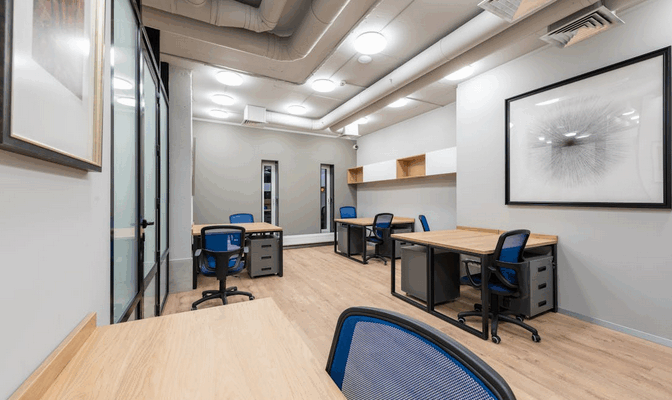

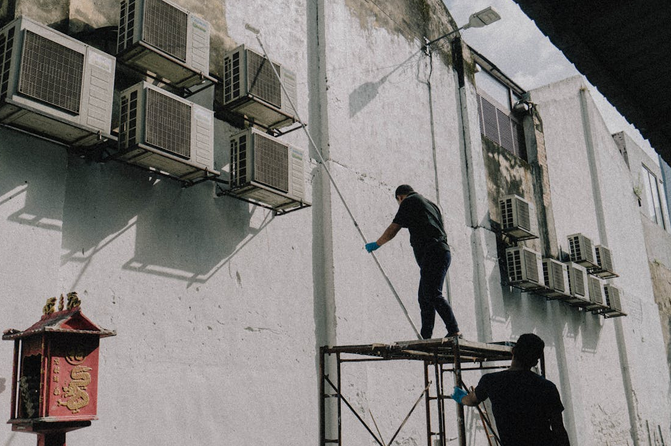

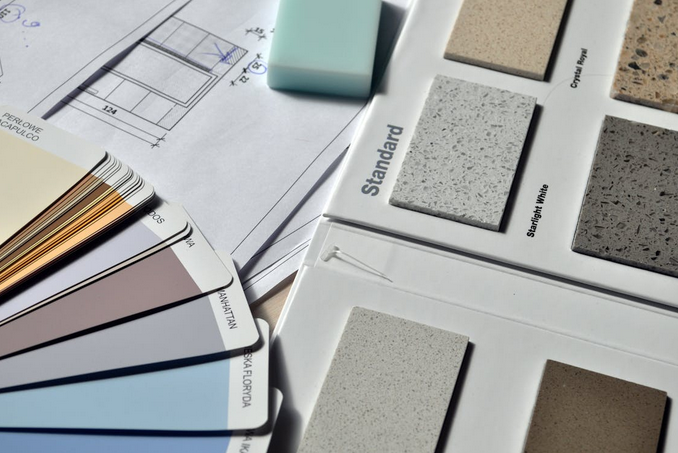

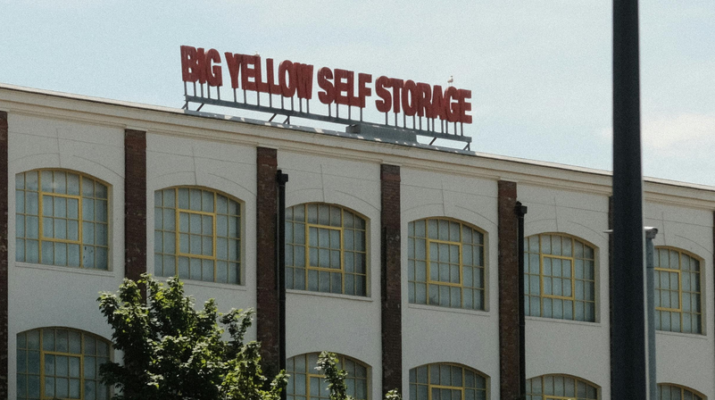
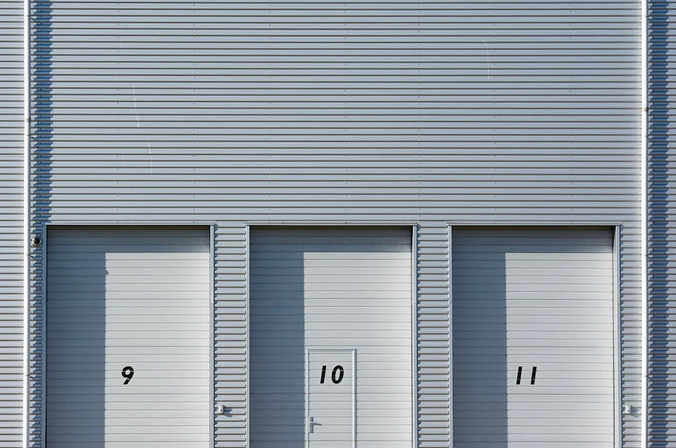

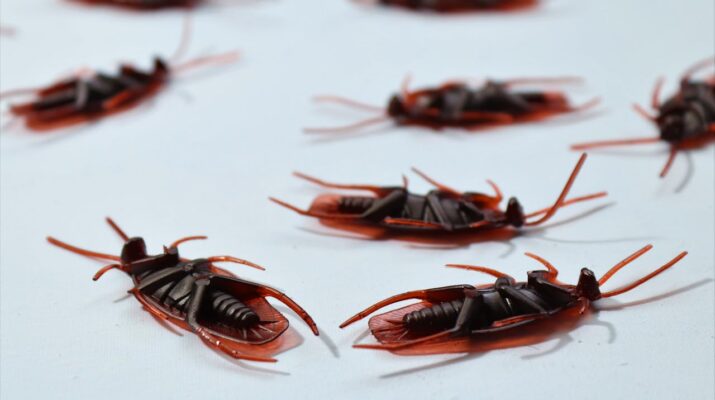
 These plants not only elevate the beauty of your garden but also act as a natural barrier against these pesky insects. Lavender, citronella, marigolds, and basil are just a few examples of plants that mosquitoes detest. Their strong scents act as a deterrent, keeping these unwanted guests away from your outdoor gatherings. Just be sure to strategically place these mosquito-repellent plants near seating areas or entry points to maximize their effectiveness. Not only will you be adding herbage to your surroundings, but you’ll also be creating a more pleasant environment for yourself and your guests.
These plants not only elevate the beauty of your garden but also act as a natural barrier against these pesky insects. Lavender, citronella, marigolds, and basil are just a few examples of plants that mosquitoes detest. Their strong scents act as a deterrent, keeping these unwanted guests away from your outdoor gatherings. Just be sure to strategically place these mosquito-repellent plants near seating areas or entry points to maximize their effectiveness. Not only will you be adding herbage to your surroundings, but you’ll also be creating a more pleasant environment for yourself and your guests. If you’re looking for a natural and eco-friendly way to control outdoor pests, consider installing bird feeders in your garden or backyard. Birds are natural predators of many pesky insects like mosquitoes, caterpillars, and beetles. Attracting birds to your outdoor space with a variety of seeds means opening a mutual relationship with them to create a harmonious ecosystem where these feathered friends help keep pest populations in check. Additionally, by encouraging birds to frequent your yard through consistent feeding, you’llyou likely see a decrease in unwanted pests over time.
If you’re looking for a natural and eco-friendly way to control outdoor pests, consider installing bird feeders in your garden or backyard. Birds are natural predators of many pesky insects like mosquitoes, caterpillars, and beetles. Attracting birds to your outdoor space with a variety of seeds means opening a mutual relationship with them to create a harmonious ecosystem where these feathered friends help keep pest populations in check. Additionally, by encouraging birds to frequent your yard through consistent feeding, you’llyou likely see a decrease in unwanted pests over time.
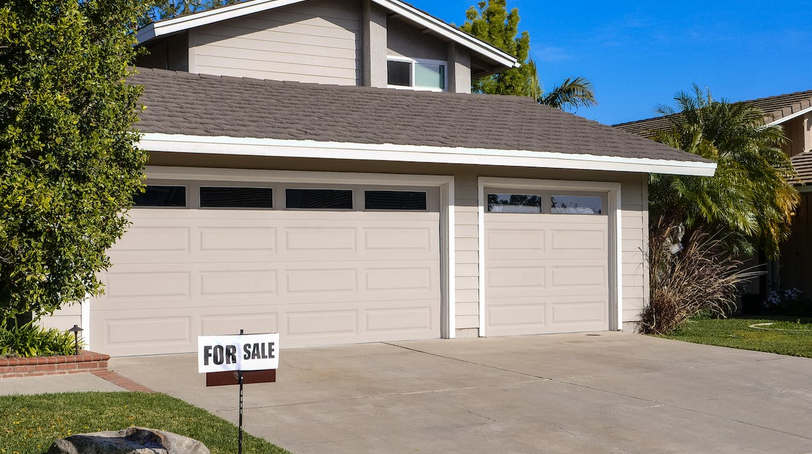
 Owning a home gives you more
Owning a home gives you more 
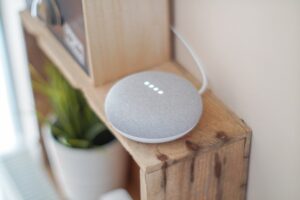 The layout of your home will play a significant role in how you go about making it
The layout of your home will play a significant role in how you go about making it  Now that your hub is set up, it’s time to start bringing in all your smart fixtures. These are the devices that will actually make your home smarter. There are a ton of different options out there, so you’ll need to decide which ones are right for you. Some things to consider include lighting, thermostats, security cameras, and digital door locks. You’ll also need to decide whether you want to use battery-powered or wired devices. Battery-powered devices are generally easier to install, but wired devices tend to be more reliable.
Now that your hub is set up, it’s time to start bringing in all your smart fixtures. These are the devices that will actually make your home smarter. There are a ton of different options out there, so you’ll need to decide which ones are right for you. Some things to consider include lighting, thermostats, security cameras, and digital door locks. You’ll also need to decide whether you want to use battery-powered or wired devices. Battery-powered devices are generally easier to install, but wired devices tend to be more reliable.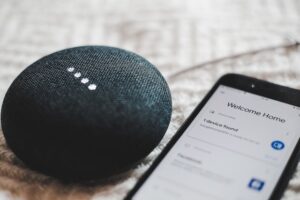 Once you have all of your devices installed, it’s time to give them a test. Start by controlling each device individually to ensure they’re working as expected. Then, try out more advanced features to see how well they work together. Finally, take some time to review each device and see if there are any areas that can be improved. After all, this is your smart home, and you should ensure it’s just the way you want it. Creating a perfect home environment that can ease your daily tasks isn’t rocket science. Still, it requires a bit of careful planning. By following the tips above, you can be sure that your smart home project will go much smoother. You also need to keep an eye on the latest trends in smart homes to see what new devices and features are available. By staying up-to-date, you’ll be able to make your home even smarter.…
Once you have all of your devices installed, it’s time to give them a test. Start by controlling each device individually to ensure they’re working as expected. Then, try out more advanced features to see how well they work together. Finally, take some time to review each device and see if there are any areas that can be improved. After all, this is your smart home, and you should ensure it’s just the way you want it. Creating a perfect home environment that can ease your daily tasks isn’t rocket science. Still, it requires a bit of careful planning. By following the tips above, you can be sure that your smart home project will go much smoother. You also need to keep an eye on the latest trends in smart homes to see what new devices and features are available. By staying up-to-date, you’ll be able to make your home even smarter.…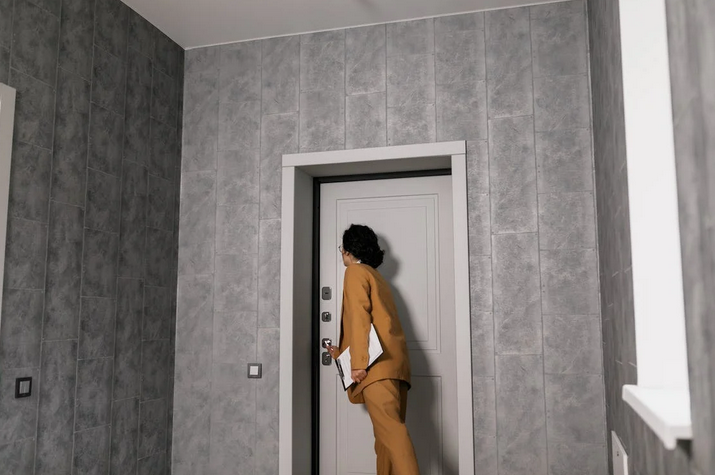
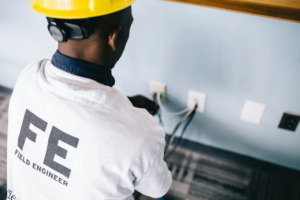 One of the most common problems that homeowners face is improper electrical wiring. This can be a major safety hazard, leading to fires and electrocution. If you suspect that your home has improper electrical wiring, you should contact a licensed electrician to have it inspected and repaired.
One of the most common problems that homeowners face is improper electrical wiring. This can be a major safety hazard, leading to fires and electrocution. If you suspect that your home has improper electrical wiring, you should contact a licensed electrician to have it inspected and repaired.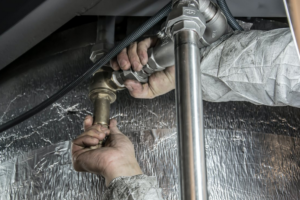 One of the most common issues homeowners face is plumbing problems. These can range from a simple clogged sink to a more serious issue like a burst pipe. While the homeowner can fix some plumbing problems, others will require the help of a professional.
One of the most common issues homeowners face is plumbing problems. These can range from a simple clogged sink to a more serious issue like a burst pipe. While the homeowner can fix some plumbing problems, others will require the help of a professional.
 Once you have chosen your design, it’s time to start cutting the wood. You will need a piece of wood with the exact dimensions of your stovetop. If you are using a circular saw, make sure to cut the wood in half, which is the same width as your stovetop.
Once you have chosen your design, it’s time to start cutting the wood. You will need a piece of wood with the exact dimensions of your stovetop. If you are using a circular saw, make sure to cut the wood in half, which is the same width as your stovetop.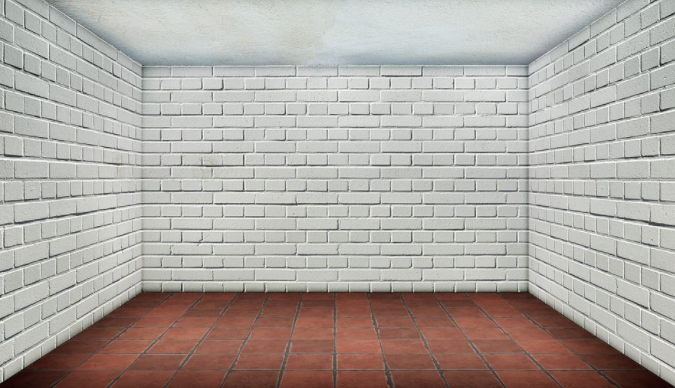
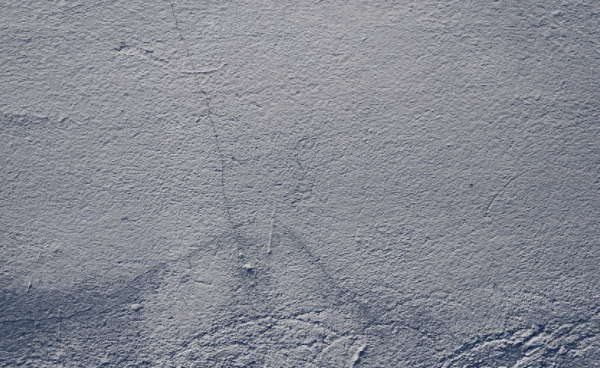 A concrete sealer is a liquid or pastes applied to concrete to protect the surface from stains and damage. Sealers protect surfaces by sealing pores, thus preventing fluids or spills on the concrete from penetrating through it. Concrete sealer is versatile—it can be used for residential and commercial purposes such as driveways, sidewalks, patios, etc.
A concrete sealer is a liquid or pastes applied to concrete to protect the surface from stains and damage. Sealers protect surfaces by sealing pores, thus preventing fluids or spills on the concrete from penetrating through it. Concrete sealer is versatile—it can be used for residential and commercial purposes such as driveways, sidewalks, patios, etc.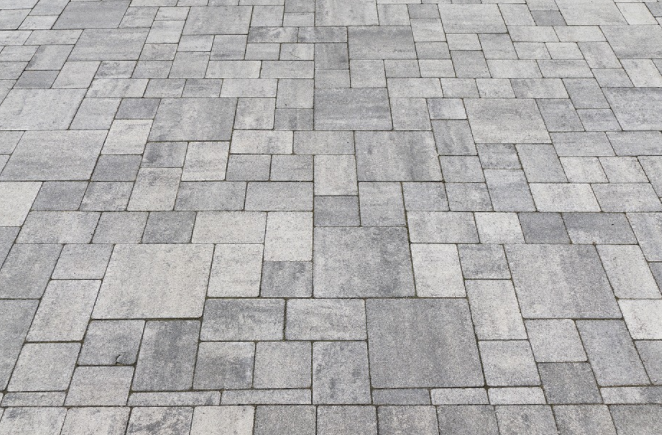 Various types of sealers are available in the market, such as acrylics, epoxies, silicones, and polyurethanes. Acrylic sealers are the most popular type due to their easy application and low cost. They also come in a variety of colors to choose from. Epoxy sealers are more durable than acrylics but harder to apply. Silicone sealers provide good water resistance but less durability and color options. Polyurethanes provide the best protection against chemicals, salts, and water but are expensive.
Various types of sealers are available in the market, such as acrylics, epoxies, silicones, and polyurethanes. Acrylic sealers are the most popular type due to their easy application and low cost. They also come in a variety of colors to choose from. Epoxy sealers are more durable than acrylics but harder to apply. Silicone sealers provide good water resistance but less durability and color options. Polyurethanes provide the best protection against chemicals, salts, and water but are expensive.
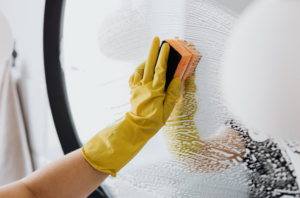 There are several aspects that one must consider when hiring a cleaning service. Many factors make up a successful cleaning business. For one, the company must be able to offer high-quality services at affordable rates. The cleaners should also be well-trained to meet customer satisfaction levels. Clients need to understand how much work goes into maintaining their homes because it allows them to appreciate the result of a clean house.
There are several aspects that one must consider when hiring a cleaning service. Many factors make up a successful cleaning business. For one, the company must be able to offer high-quality services at affordable rates. The cleaners should also be well-trained to meet customer satisfaction levels. Clients need to understand how much work goes into maintaining their homes because it allows them to appreciate the result of a clean house.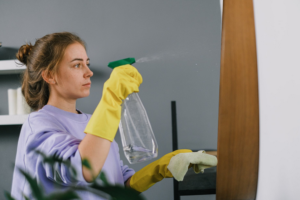 If you hire a professional cleaning service, the cost will depend on how often your home needs to be
If you hire a professional cleaning service, the cost will depend on how often your home needs to be 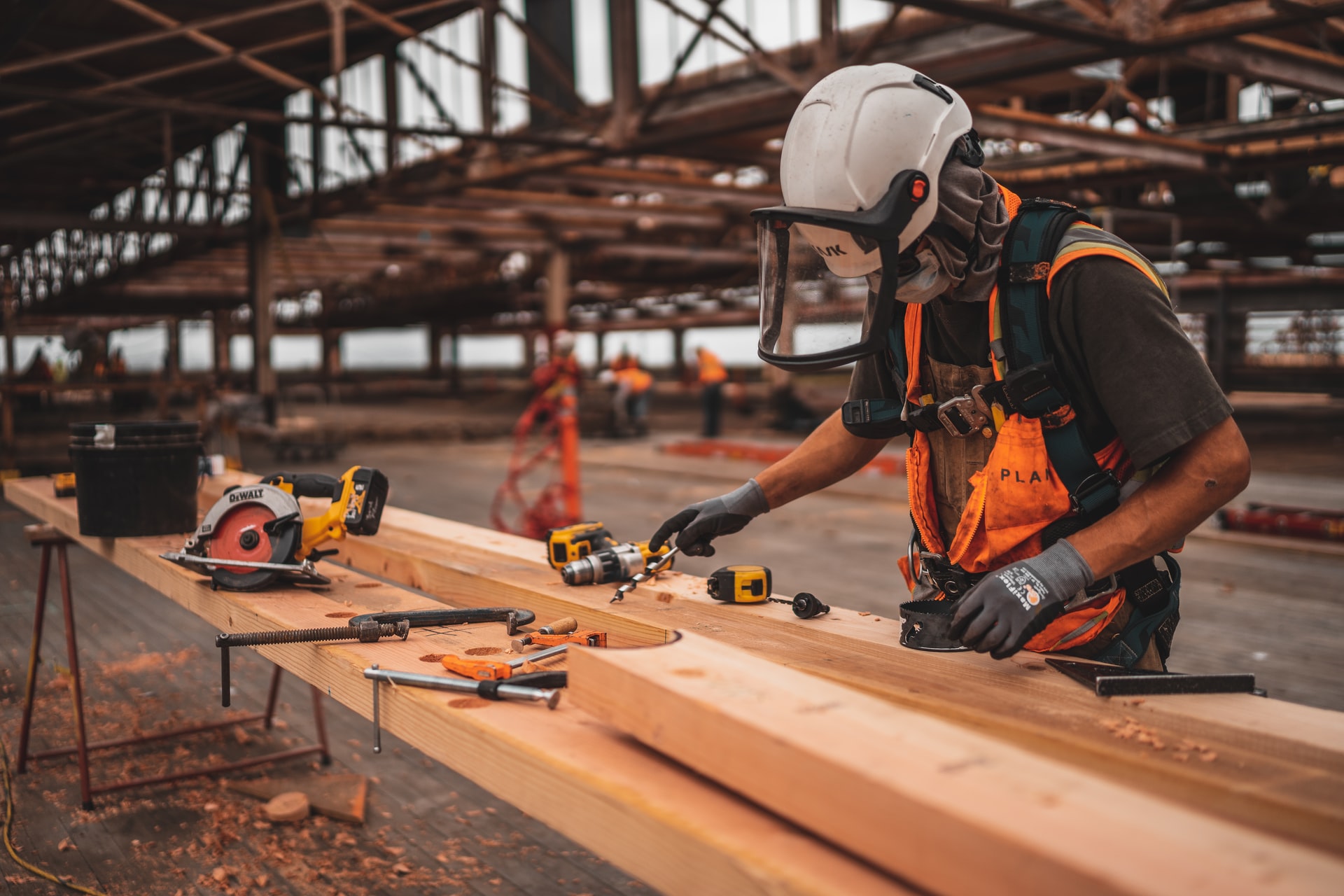
 Manual Handling training is a course for home construction workers on the proper techniques and procedures to prevent injuries from lifting, moving, carrying, or handling objects. In Massachusetts, employers are required by law to provide manual handling training every two years. Homebuilding companies should have their employees take part in this program at least once every two years because it will help prevent injuries, which are expensive to the company. Home construction employees who move or handle objects must be aware of proper lifting techniques and always bend their knees when picking up heavy items. Workers should never lift more than 50 pounds at a time unless they have received specific training for this type of task. Other helpful information covered in manual handling training includes the best way to use a forklift, what kinds of equipment are available for moving heavy objects and how to handle hazardous materials.
Manual Handling training is a course for home construction workers on the proper techniques and procedures to prevent injuries from lifting, moving, carrying, or handling objects. In Massachusetts, employers are required by law to provide manual handling training every two years. Homebuilding companies should have their employees take part in this program at least once every two years because it will help prevent injuries, which are expensive to the company. Home construction employees who move or handle objects must be aware of proper lifting techniques and always bend their knees when picking up heavy items. Workers should never lift more than 50 pounds at a time unless they have received specific training for this type of task. Other helpful information covered in manual handling training includes the best way to use a forklift, what kinds of equipment are available for moving heavy objects and how to handle hazardous materials.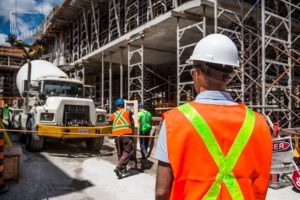 Practical exercises are performed in the actual workplace but with the comforts of an indoor training room or gymnasium, allowing workers to perform these tasks safely before being exposed to them on site. The final component is debriefing – this allows for learning about what works and doesn’t work within the actual workspace, which you can use to develop training programs for future employees. And finally, the most crucial part is being mindful of your surroundings. It would help if you had specific tools before moving heavy objects on-site, including a weightlifting belt, knee pads, and protective footwear. If any entity has sharp edges or protruding nails, it’s best to move it with someone else to avoid injuries. As you can see, manual handling training for home construction workers is essential and should be a priority.
Practical exercises are performed in the actual workplace but with the comforts of an indoor training room or gymnasium, allowing workers to perform these tasks safely before being exposed to them on site. The final component is debriefing – this allows for learning about what works and doesn’t work within the actual workspace, which you can use to develop training programs for future employees. And finally, the most crucial part is being mindful of your surroundings. It would help if you had specific tools before moving heavy objects on-site, including a weightlifting belt, knee pads, and protective footwear. If any entity has sharp edges or protruding nails, it’s best to move it with someone else to avoid injuries. As you can see, manual handling training for home construction workers is essential and should be a priority.
 If a roofing company has been in operation for a long, then it means that they have the best roofing contractor and have gained a good reputation over time. Roofing companies that have been in business for a long time have completed several projects, and customers have gained trust in their services. Consider hiring a roofing company that has the necessary tools and knowledge to complete your job professionally.
If a roofing company has been in operation for a long, then it means that they have the best roofing contractor and have gained a good reputation over time. Roofing companies that have been in business for a long time have completed several projects, and customers have gained trust in their services. Consider hiring a roofing company that has the necessary tools and knowledge to complete your job professionally.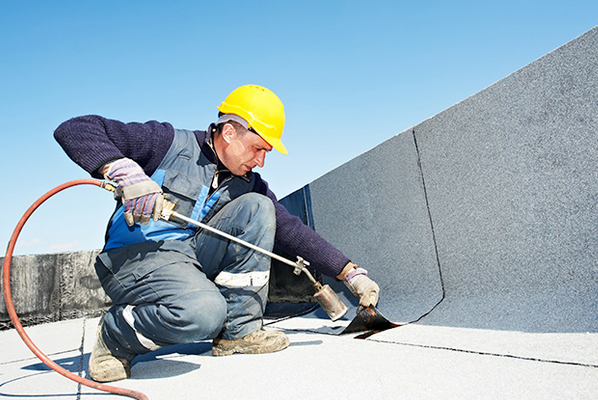 When hiring the best roofing company, consider one that is within your locality. It is advisable to schedule a meeting with your roofing contractor to discuss the details of your new roof and ask questions, if any, regarding your project. Meeting your contractors face to face enables you to know their personalities. A reputable roofing company has a list of references that you can contact to learn more about how the roofer conducts their business.
When hiring the best roofing company, consider one that is within your locality. It is advisable to schedule a meeting with your roofing contractor to discuss the details of your new roof and ask questions, if any, regarding your project. Meeting your contractors face to face enables you to know their personalities. A reputable roofing company has a list of references that you can contact to learn more about how the roofer conducts their business. Different states have various requirements to become roofing contractors. Therefore, it is good to ask the roofing contractors if they are insured, licensed, and have the requirements. It is essential to check whether the roofing contractor has complied with the licensing board or a relevant licensing agency to meet the minimum standards. You can check for the company on the Better Business Bureau to review their business history for claims or complaints regarding their services.
Different states have various requirements to become roofing contractors. Therefore, it is good to ask the roofing contractors if they are insured, licensed, and have the requirements. It is essential to check whether the roofing contractor has complied with the licensing board or a relevant licensing agency to meet the minimum standards. You can check for the company on the Better Business Bureau to review their business history for claims or complaints regarding their services.
 It is crucial to choose a real estate agent who does an excellent job and is trustworthy. It would help if you decide not to depend on the real estate agent’s experience but primarily focus on his ability to relate well. Most of the time, you will be spending time with the agent so consider selecting someone you can bond well with and is honest. It is an excellent idea to choose someone who can communicate effectively and negotiate with on the property prices. A relatable agent can bond easily that will make buying and selling property easy.
It is crucial to choose a real estate agent who does an excellent job and is trustworthy. It would help if you decide not to depend on the real estate agent’s experience but primarily focus on his ability to relate well. Most of the time, you will be spending time with the agent so consider selecting someone you can bond well with and is honest. It is an excellent idea to choose someone who can communicate effectively and negotiate with on the property prices. A relatable agent can bond easily that will make buying and selling property easy. When interacting with a real estate agent, it is essential to be careful about how he listens and answers your questions. Genuine agents have websites that market your home to potential buyers of your property. It is essential to spend enough time to trust the agent before agreeing to handle a more significant task with achieving your goals.
When interacting with a real estate agent, it is essential to be careful about how he listens and answers your questions. Genuine agents have websites that market your home to potential buyers of your property. It is essential to spend enough time to trust the agent before agreeing to handle a more significant task with achieving your goals.
 A portable storage building entirely does not need a foundation, all you need is set up a suitable place for them. This saves you time and money to put up a foundation. They are mobile; thus, you can move them around whenever there is a need. Since they are not permanent, you need not obtain a letter of authorization and inspection from the relevant bodies. This makes it less complicated and cheaper for you.
A portable storage building entirely does not need a foundation, all you need is set up a suitable place for them. This saves you time and money to put up a foundation. They are mobile; thus, you can move them around whenever there is a need. Since they are not permanent, you need not obtain a letter of authorization and inspection from the relevant bodies. This makes it less complicated and cheaper for you.
 Once you have decided to
Once you have decided to  When you plan on purchasing a sofa, make sure you take your time and consider looking for durable fabrics. It is essential to understand that sofas in linen and cotton fabric are worth the investment. On the other hand, fabrics with some irregularities in the surface such as woven texture are better at hiding dirt. Therefore, it is advisable to consider choosing a sofa fabric that will work best according to your lifestyle.
When you plan on purchasing a sofa, make sure you take your time and consider looking for durable fabrics. It is essential to understand that sofas in linen and cotton fabric are worth the investment. On the other hand, fabrics with some irregularities in the surface such as woven texture are better at hiding dirt. Therefore, it is advisable to consider choosing a sofa fabric that will work best according to your lifestyle. Another thing you need to consider when choosing a quality and modern sofas is to check on the cushions of different chairs you intend to purchase. When it comes to the seat and sofa back, you need to note that feather-filled cushions are the best, and they offer the right comfort you need. In other words, buy a sofa with back cushions filled with foam and feathers.
Another thing you need to consider when choosing a quality and modern sofas is to check on the cushions of different chairs you intend to purchase. When it comes to the seat and sofa back, you need to note that feather-filled cushions are the best, and they offer the right comfort you need. In other words, buy a sofa with back cushions filled with foam and feathers.
 Before purchasing any of the automation devices, it would be best to research with different manufacturers. It would be a big disappointment if you ended up buying your products from a less reputable manufacturer. Mostly, these companies fail to invest the required resources, making you an easy target for hackers.…
Before purchasing any of the automation devices, it would be best to research with different manufacturers. It would be a big disappointment if you ended up buying your products from a less reputable manufacturer. Mostly, these companies fail to invest the required resources, making you an easy target for hackers.…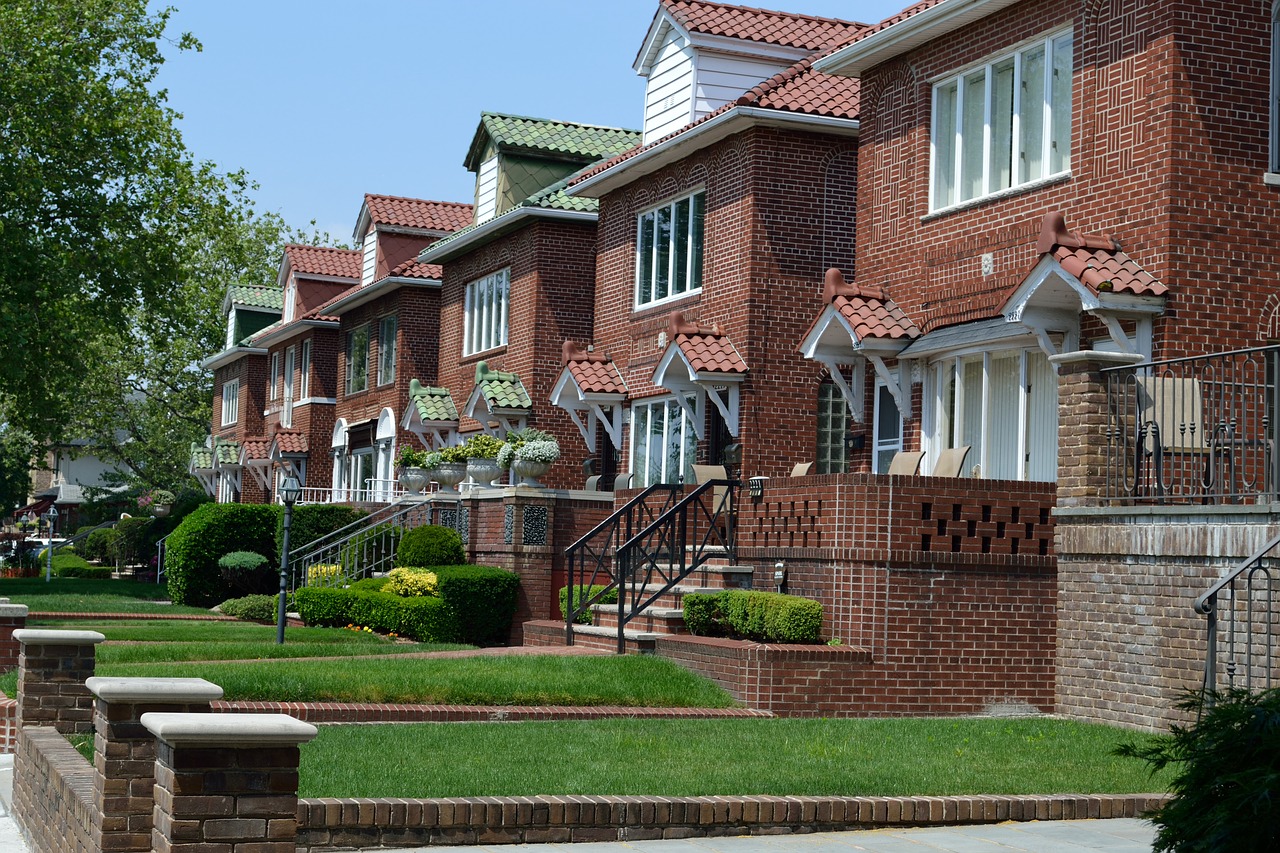
 Some people have the false idea that a heating system is similar to a forced-air system. Nonetheless, these systems differ in many ways. Unlike the forced air rig, boilers pump heated water throughout the whole house. The home is fitted with pipes fit in the sub-floor of all rooms, allowing them to get heat during cold times.
Some people have the false idea that a heating system is similar to a forced-air system. Nonetheless, these systems differ in many ways. Unlike the forced air rig, boilers pump heated water throughout the whole house. The home is fitted with pipes fit in the sub-floor of all rooms, allowing them to get heat during cold times.
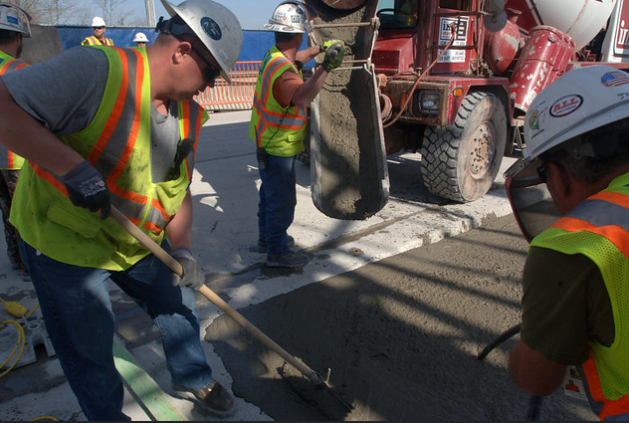

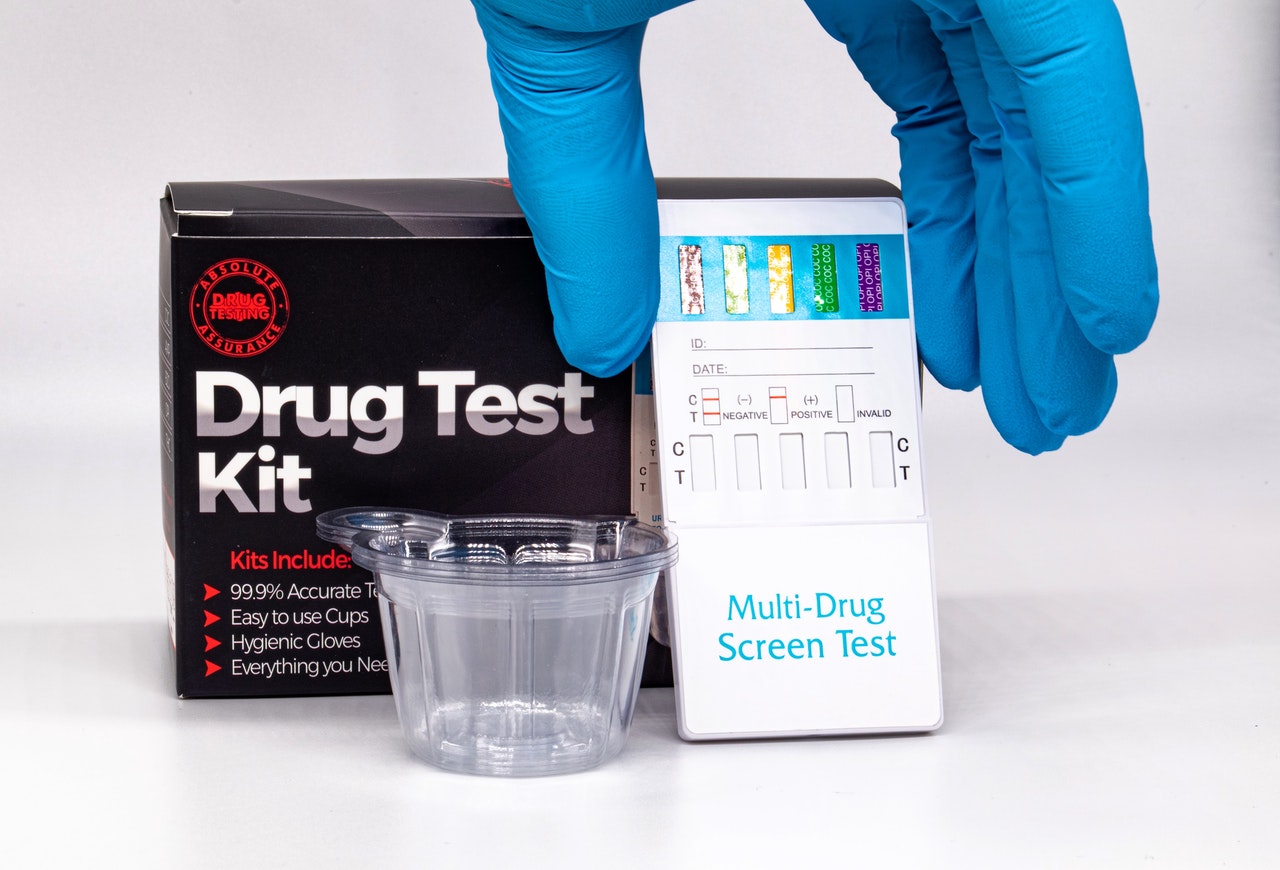
 Cooking meth produces toxic residues that contaminate all surfaces of your home, including the floor in your home. Methamphetamine contains sodium hydrogen carbonate, an active ingredient in meth, among other chemicals. If the structure has a sewage tank, crews will pump it to remove chemicals that may have been dumped into the drain and reduce possible groundwater contamination. Some toilets and pipes could have the ability to dispose of meth as well as other chemicals such as pesticides.
Cooking meth produces toxic residues that contaminate all surfaces of your home, including the floor in your home. Methamphetamine contains sodium hydrogen carbonate, an active ingredient in meth, among other chemicals. If the structure has a sewage tank, crews will pump it to remove chemicals that may have been dumped into the drain and reduce possible groundwater contamination. Some toilets and pipes could have the ability to dispose of meth as well as other chemicals such as pesticides.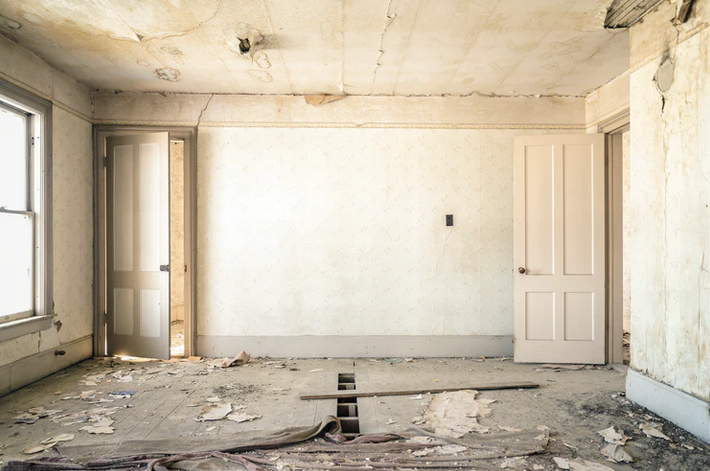


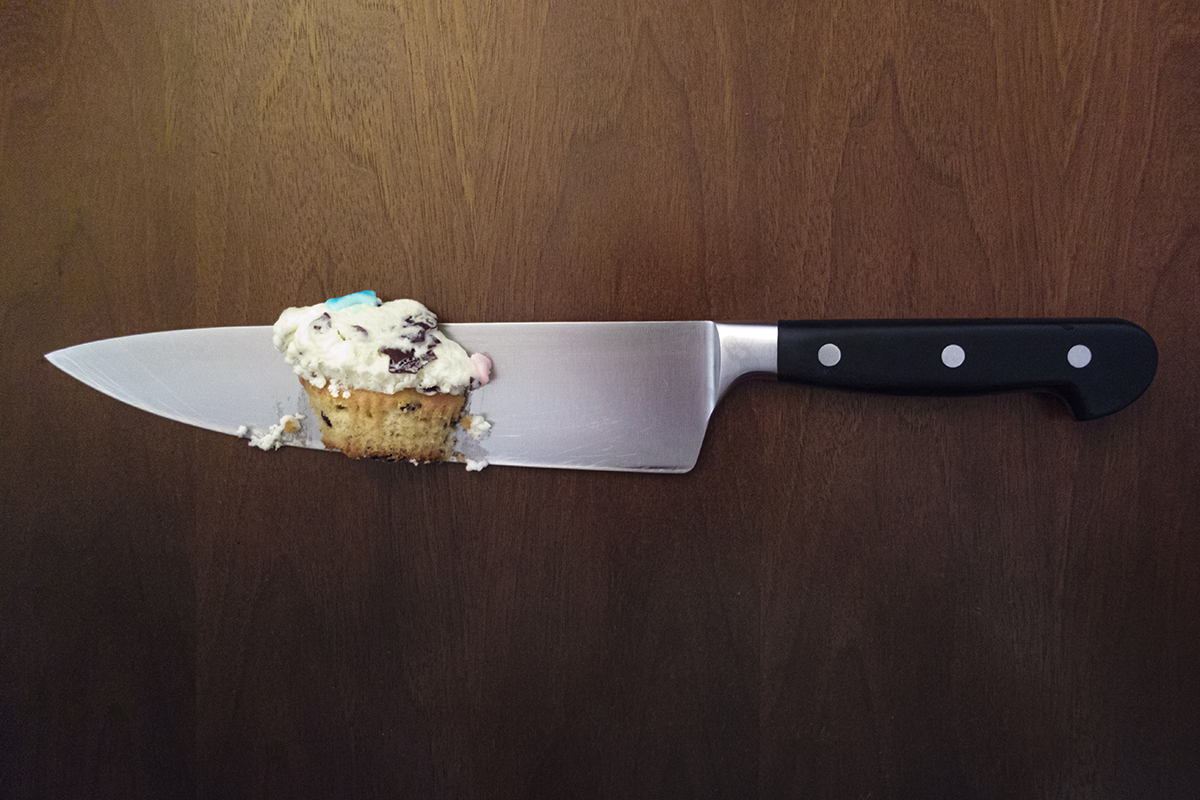



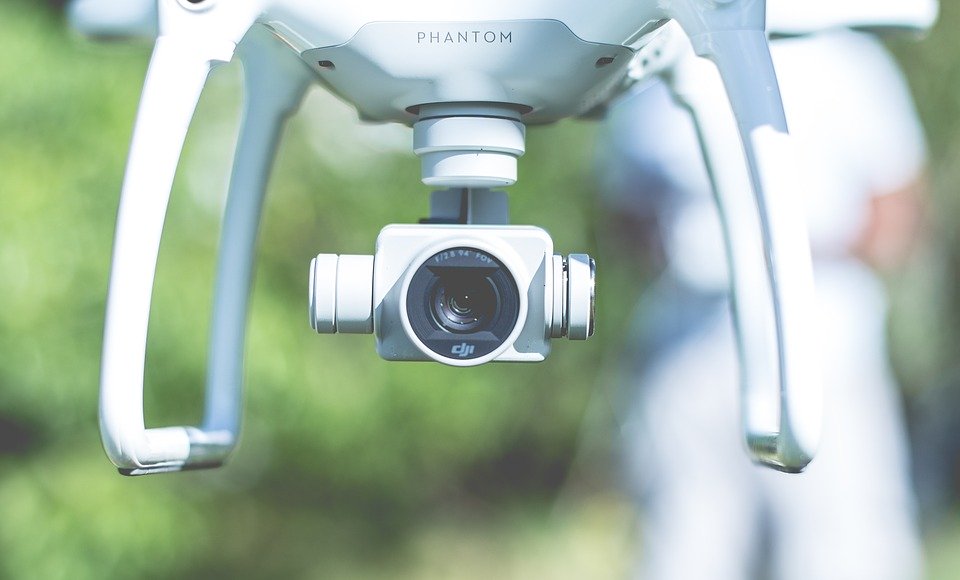


 One of the primary reasons why most people prefer
One of the primary reasons why most people prefer 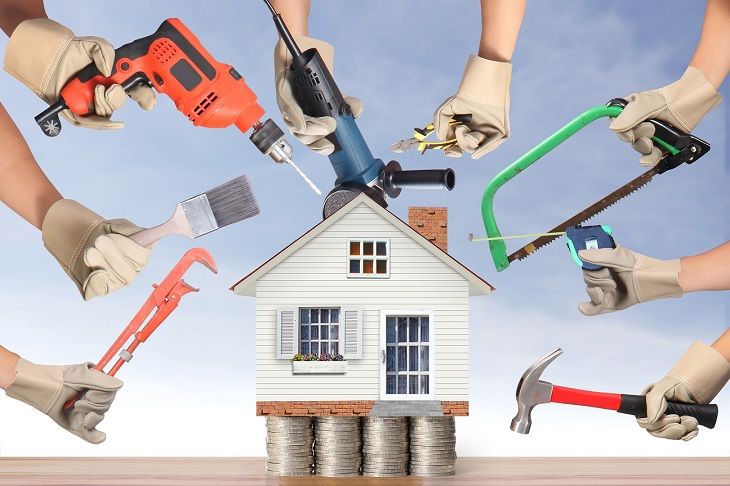


 Tiles. You can never go wrong with attractive tile flooring. There are more extensive options to choose from, depending on your personality. Tiles have long been the most suitable option for bathrooms, but it is also loved in dining areas, kitchen, laundry area, and even hallways. Aside from different patterns and colors to choose from, there are also different sized of tiles; from tiny mosaics to large format floors. There are even tiles that look like wooden floors, but with the durability of ceramic. Tiles require very little maintenance. Grout should be sealed periodically to prevent staining. One problem with tiles is when something hard and heavy lands on it, it can be shattered or broken. There are also non-slip tiles to choose from that is suitable for outdoor use, especially in the balcony.
Tiles. You can never go wrong with attractive tile flooring. There are more extensive options to choose from, depending on your personality. Tiles have long been the most suitable option for bathrooms, but it is also loved in dining areas, kitchen, laundry area, and even hallways. Aside from different patterns and colors to choose from, there are also different sized of tiles; from tiny mosaics to large format floors. There are even tiles that look like wooden floors, but with the durability of ceramic. Tiles require very little maintenance. Grout should be sealed periodically to prevent staining. One problem with tiles is when something hard and heavy lands on it, it can be shattered or broken. There are also non-slip tiles to choose from that is suitable for outdoor use, especially in the balcony.


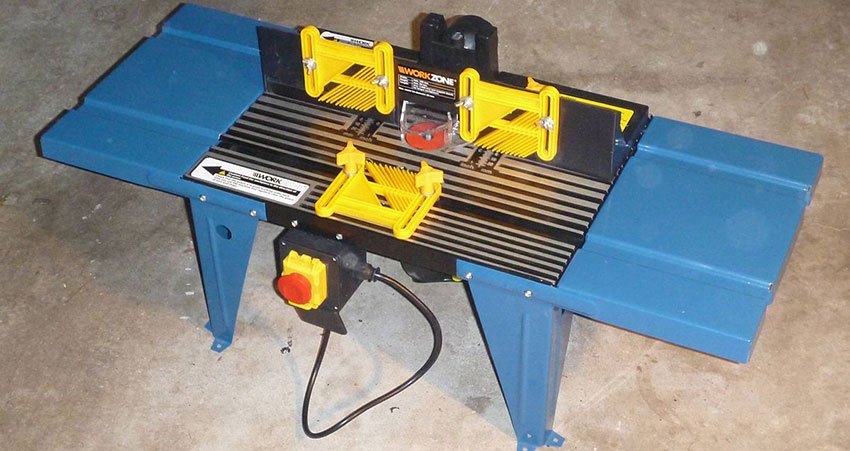
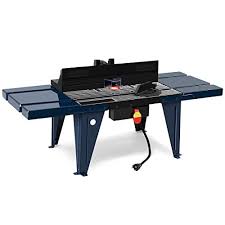 When looking for a router table, it is important to look for a study one. You need to make sure that you look for a table that does not shake. The table that you choose should be able to hold the weight of the wood that you are placing on it.
When looking for a router table, it is important to look for a study one. You need to make sure that you look for a table that does not shake. The table that you choose should be able to hold the weight of the wood that you are placing on it.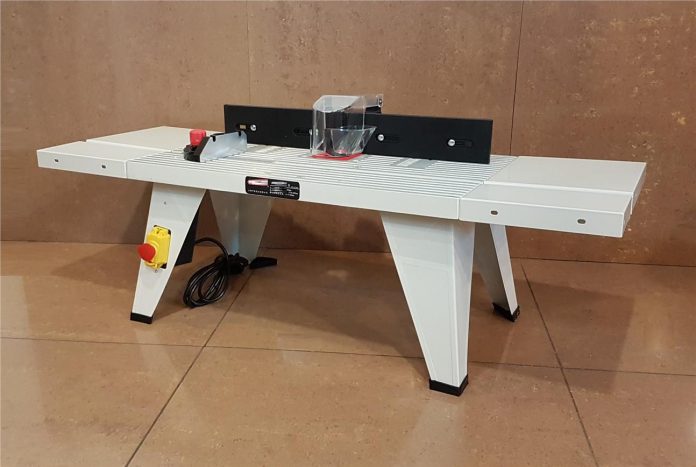
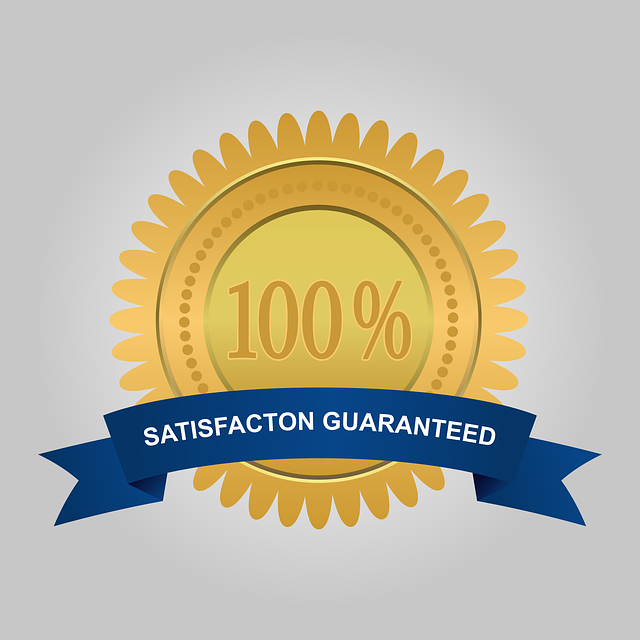

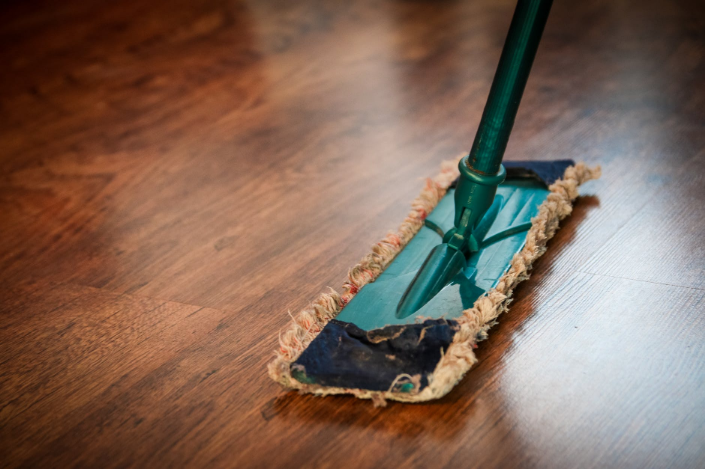


 If you still rely on knives and the brute force of manual grinder, then you need to buy a blender to see how more efficient your cooking will be. However, there are many models of blenders in the market, and choosing the right one to be in your kitchen can be confusing.
If you still rely on knives and the brute force of manual grinder, then you need to buy a blender to see how more efficient your cooking will be. However, there are many models of blenders in the market, and choosing the right one to be in your kitchen can be confusing. This suggestion may look like a no-brainer, but everyone seems to undermine the importance of a microwave. They will realize how significant a good quality microwave is in the kitchen only by the time they use it. A 700-watt will only be sufficient for warming foods and cook small pieces of meat. You cannot expect to have a whole chicken cooked evenly with such a weak microwave. If you are more of a grill and roast person, then you should at least go with a 1000-watt microwave.
This suggestion may look like a no-brainer, but everyone seems to undermine the importance of a microwave. They will realize how significant a good quality microwave is in the kitchen only by the time they use it. A 700-watt will only be sufficient for warming foods and cook small pieces of meat. You cannot expect to have a whole chicken cooked evenly with such a weak microwave. If you are more of a grill and roast person, then you should at least go with a 1000-watt microwave.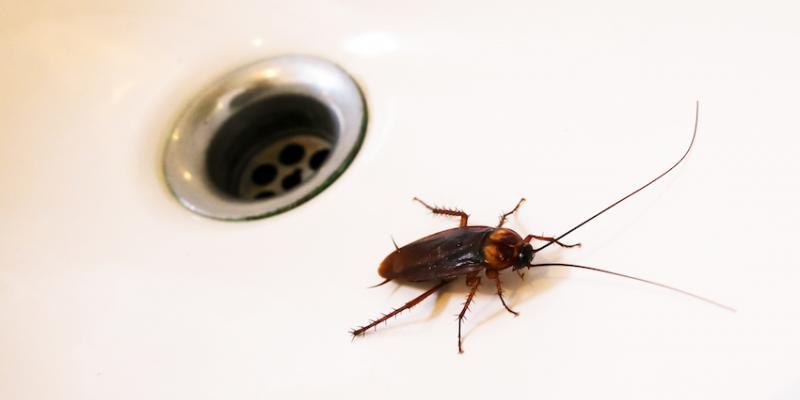
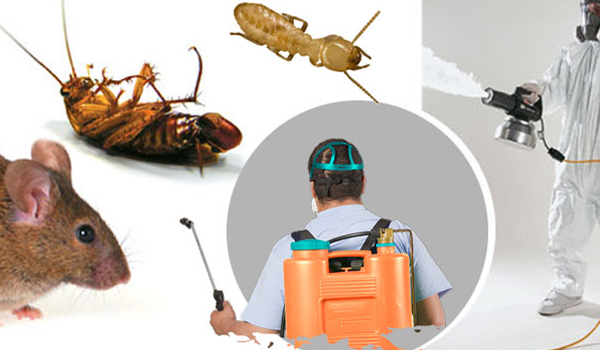
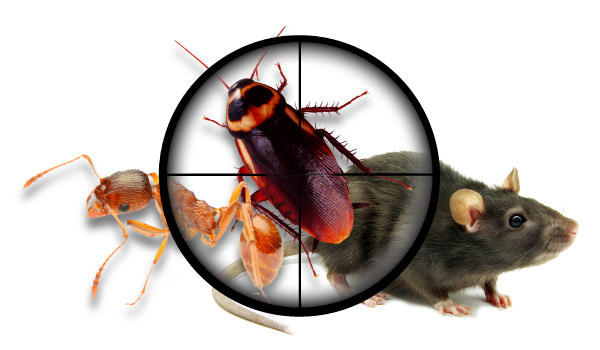

 With the right information on foundation repair service providers, you will not go unrewarded. In simpler terms, you will end up hiring the right contractors who are determined and focused on offering you the right services you need. Continue reading this post to know more about the factors you should consider when choosing a professional foundation repair contractor.
With the right information on foundation repair service providers, you will not go unrewarded. In simpler terms, you will end up hiring the right contractors who are determined and focused on offering you the right services you need. Continue reading this post to know more about the factors you should consider when choosing a professional foundation repair contractor.
 Location
Location The size of the house you want to buy is another thing you need to consider. Buying helps ensure you get something that is ready and meets your requirements. You can have a look at the size of the rooms in the house you want to buy. Make sure they meet all your needs so that you settle for what is best for you.…
The size of the house you want to buy is another thing you need to consider. Buying helps ensure you get something that is ready and meets your requirements. You can have a look at the size of the rooms in the house you want to buy. Make sure they meet all your needs so that you settle for what is best for you.…
 If you want your pool deck to appear large, then consider using light colors because they give an illusion of more extensive space. On the other hand, dark colors make your pool deck appear more intact and cozy. But it is advisable to follow your desire and choose your favorite color.
If you want your pool deck to appear large, then consider using light colors because they give an illusion of more extensive space. On the other hand, dark colors make your pool deck appear more intact and cozy. But it is advisable to follow your desire and choose your favorite color.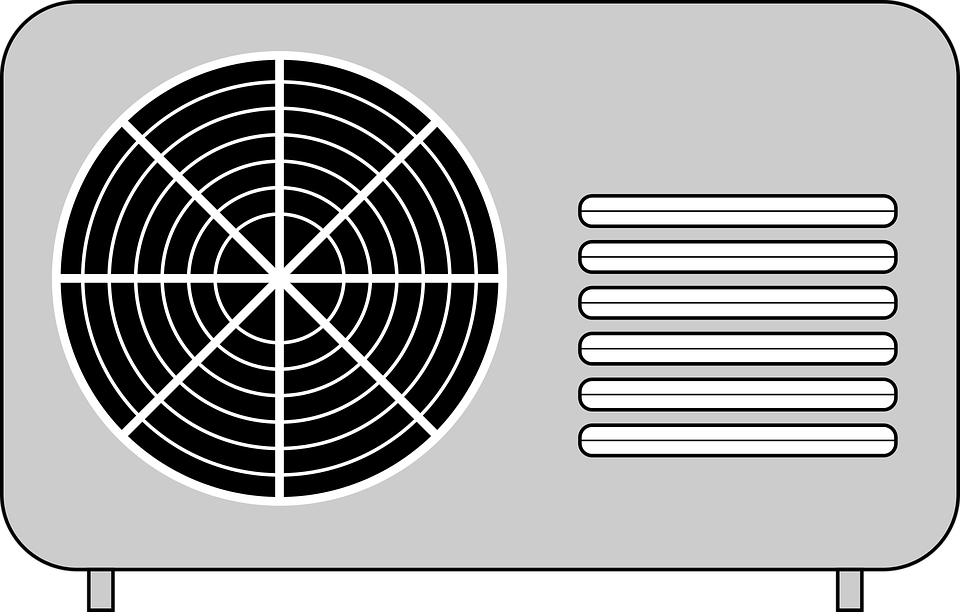
 Most people tend to buy the least expensive air conditioning systems so that they can save up the costs. The truth is that costlier units are cost-effective in the long run. They do consume less amount of energy and help lower your electricity bills. In addition, they are efficient systems that can keep the rooms cool. You should hire experts to do the job because of the potential risks involved. Other than this, you need to consider your budget when choosing a new AC system.
Most people tend to buy the least expensive air conditioning systems so that they can save up the costs. The truth is that costlier units are cost-effective in the long run. They do consume less amount of energy and help lower your electricity bills. In addition, they are efficient systems that can keep the rooms cool. You should hire experts to do the job because of the potential risks involved. Other than this, you need to consider your budget when choosing a new AC system. Before you install an air conditioning system, you have to ensure that the ductwork is in appropriate condition. Seal the joints to ensure the air stays cool in the room. Inefficient or old ducts can easily leak up to 25% of cool air in the room. If you have issues with ducts, you should hire a professional AC installer.…
Before you install an air conditioning system, you have to ensure that the ductwork is in appropriate condition. Seal the joints to ensure the air stays cool in the room. Inefficient or old ducts can easily leak up to 25% of cool air in the room. If you have issues with ducts, you should hire a professional AC installer.…
 Pizza stones with handles on both sides improve grasp, making it easier to take out your pizza from the oven. This allows you to bring out the pizza from the oven at just the right time to eliminate probabilities of burnt pizza. Burning your hands on the process is also avoided.
Pizza stones with handles on both sides improve grasp, making it easier to take out your pizza from the oven. This allows you to bring out the pizza from the oven at just the right time to eliminate probabilities of burnt pizza. Burning your hands on the process is also avoided.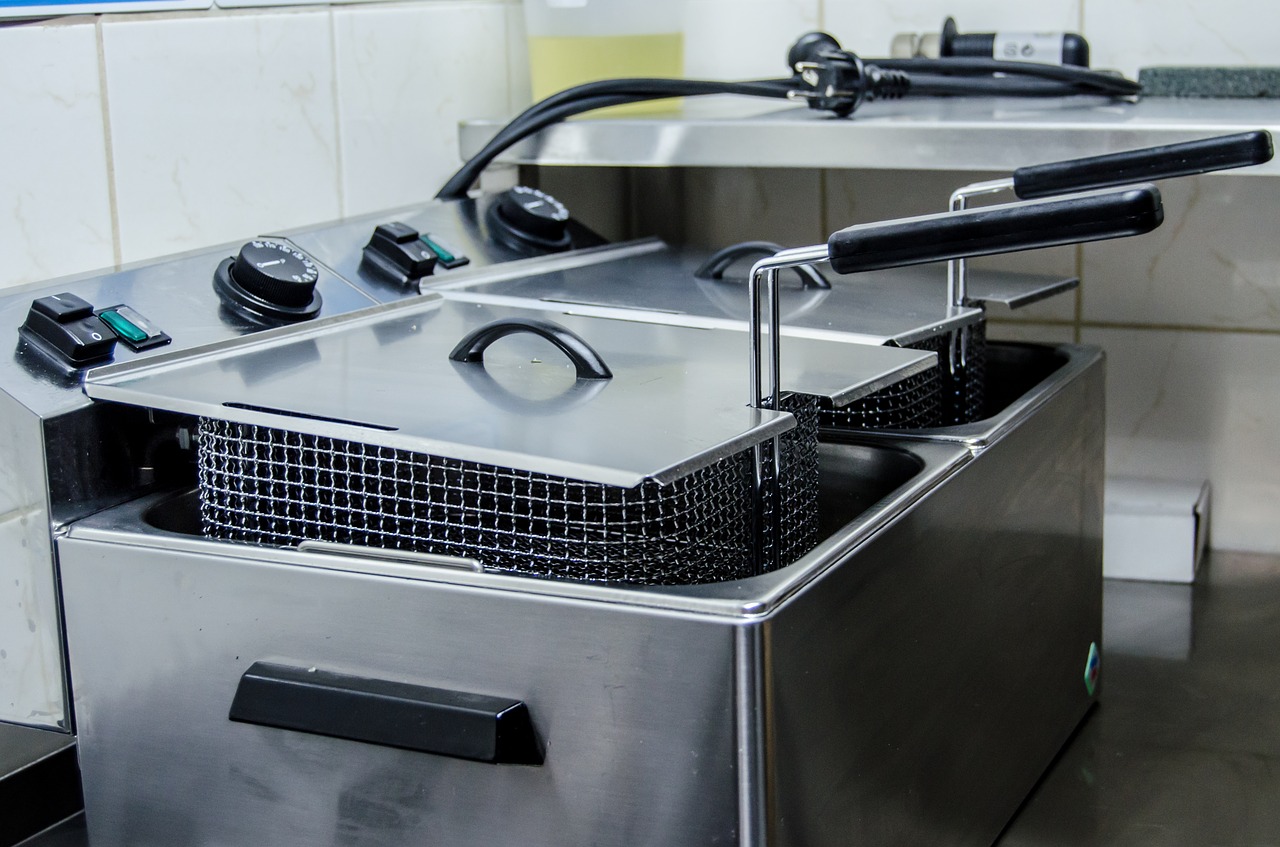
 Before we go any further, the price of any kitchen appliance always happens to top the list. It would be so dangerous to settle for anything that would clearly mess up your budget. Putting your finances in order is just what you need to do to get your plans in order. Shop around especially online to get what will not stretch your budget too far.
Before we go any further, the price of any kitchen appliance always happens to top the list. It would be so dangerous to settle for anything that would clearly mess up your budget. Putting your finances in order is just what you need to do to get your plans in order. Shop around especially online to get what will not stretch your budget too far.
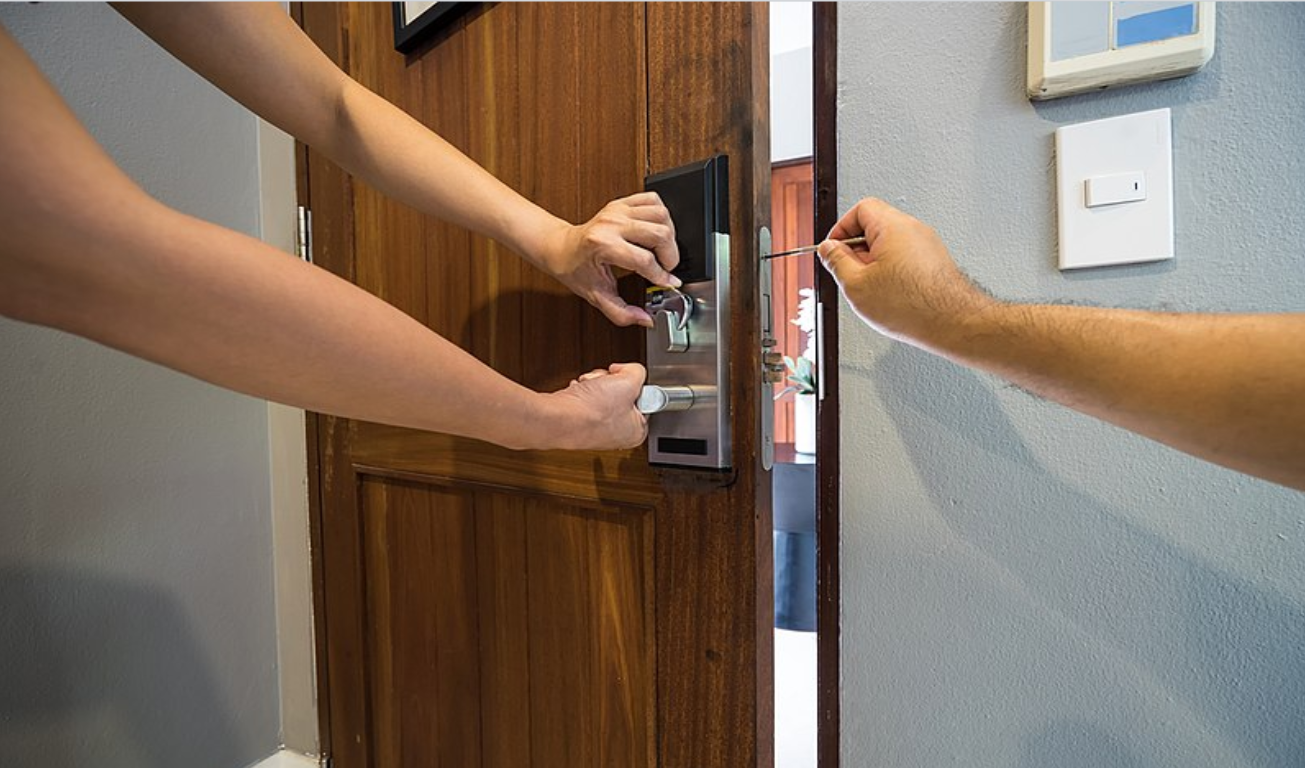
 With the internet, you can find a locksmith in your area. But with limited information that is available online about the company you are to hire for the repair of your locks, you should read the reviews made by customers who have utilized the services that particular company offered. Reading through the review will give you the correct information about different locksmiths available.
With the internet, you can find a locksmith in your area. But with limited information that is available online about the company you are to hire for the repair of your locks, you should read the reviews made by customers who have utilized the services that particular company offered. Reading through the review will give you the correct information about different locksmiths available. Always look for a company that is licensed by relevant bodies in your state. A licensed company will work to perfection as they try to grow and market their name. Also, licensed enterprises cannot defraud you of your money since the owners are known and can be traced. You can always find out if the company is licensed by asking the relevant licensing body and looking at the certificates displayed in their offices.
Always look for a company that is licensed by relevant bodies in your state. A licensed company will work to perfection as they try to grow and market their name. Also, licensed enterprises cannot defraud you of your money since the owners are known and can be traced. You can always find out if the company is licensed by asking the relevant licensing body and looking at the certificates displayed in their offices.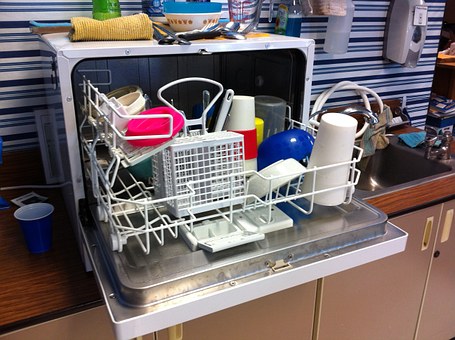
 When the dishwasher is on constant use, it will lose its efficiency with time. This is evident if you take an example whereby a dishwasher is new, it will clean perfectly. An older dishwasher may not do a perfect job like one that is new. However, if your dishwasher has issues which are fixed by the dishwasher repair expert, then the washer may be restored to its efficiency. The expert will know the parts of the appliance he or she can change to make the dishwasher work better again.
When the dishwasher is on constant use, it will lose its efficiency with time. This is evident if you take an example whereby a dishwasher is new, it will clean perfectly. An older dishwasher may not do a perfect job like one that is new. However, if your dishwasher has issues which are fixed by the dishwasher repair expert, then the washer may be restored to its efficiency. The expert will know the parts of the appliance he or she can change to make the dishwasher work better again. Once you choose to hire a dishwasher repair expert, this will guarantee you quality services. This is simply because the dishwasher repair expert has the right tools that he or she can use in repairing. Similarly, the experts have the skills of doing the repair work. On the other hand, the repair expert will identify the exact problem with your dishwasher, repair it and also give advice on how to use it to avoid future damages.
Once you choose to hire a dishwasher repair expert, this will guarantee you quality services. This is simply because the dishwasher repair expert has the right tools that he or she can use in repairing. Similarly, the experts have the skills of doing the repair work. On the other hand, the repair expert will identify the exact problem with your dishwasher, repair it and also give advice on how to use it to avoid future damages.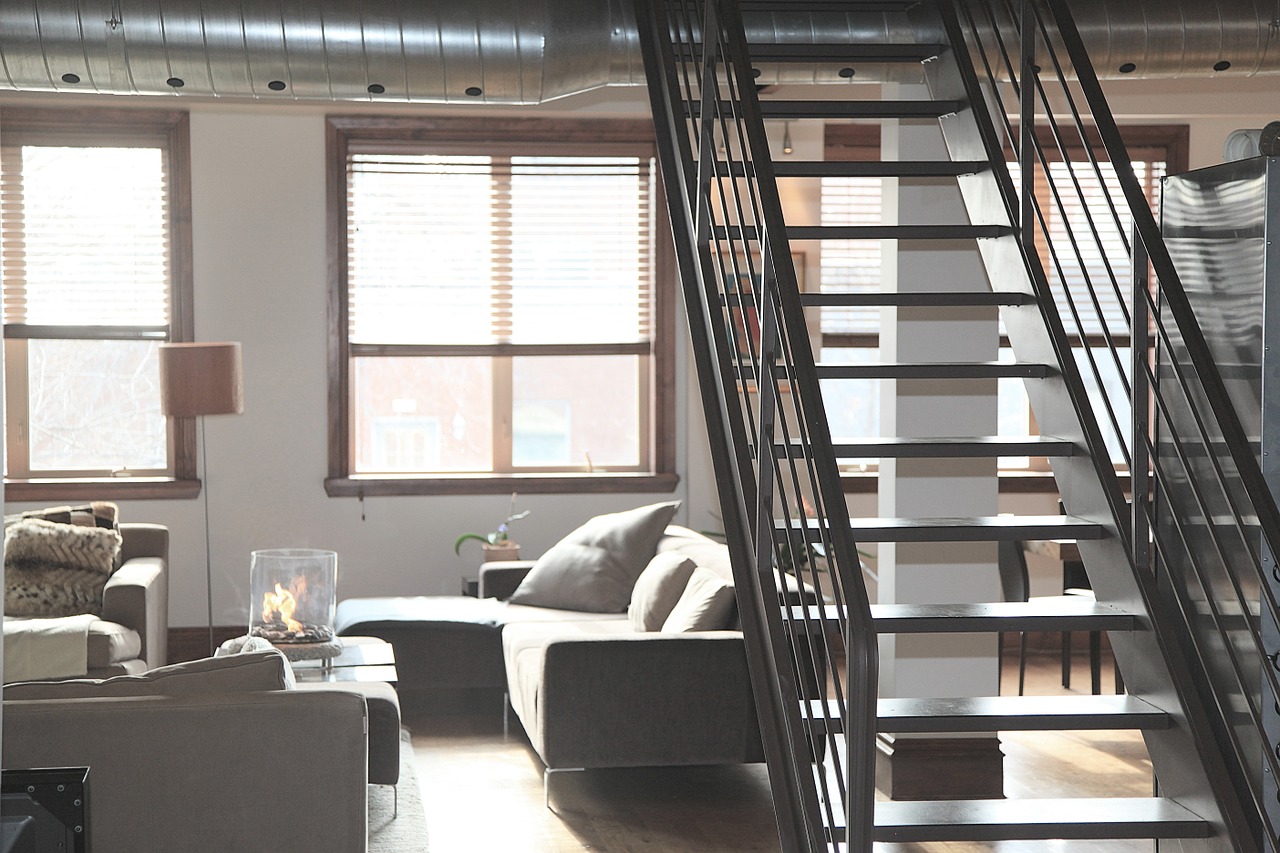
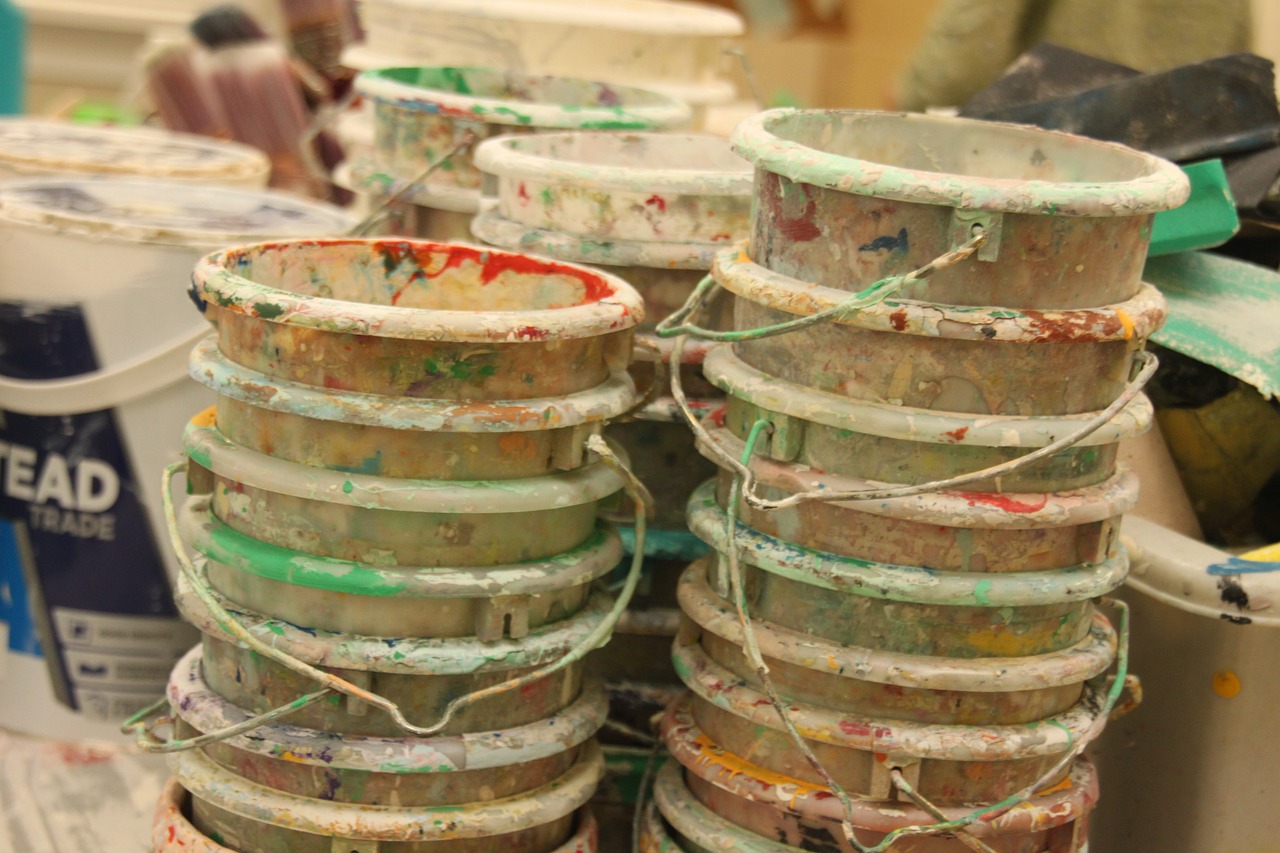
 If the red color screams excitement, energy, and passion, the color blue says the exact opposite of the color red. Blue is linked to calming, relaxing and peaceful, which usually would make an excellent choice for a bedroom or a bathroom, depending on your preference. A soft shade of blue, say as a pastel blue might fit for your bathroom, so consider this as a choice if you want some calming effects on your room.
If the red color screams excitement, energy, and passion, the color blue says the exact opposite of the color red. Blue is linked to calming, relaxing and peaceful, which usually would make an excellent choice for a bedroom or a bathroom, depending on your preference. A soft shade of blue, say as a pastel blue might fit for your bathroom, so consider this as a choice if you want some calming effects on your room.